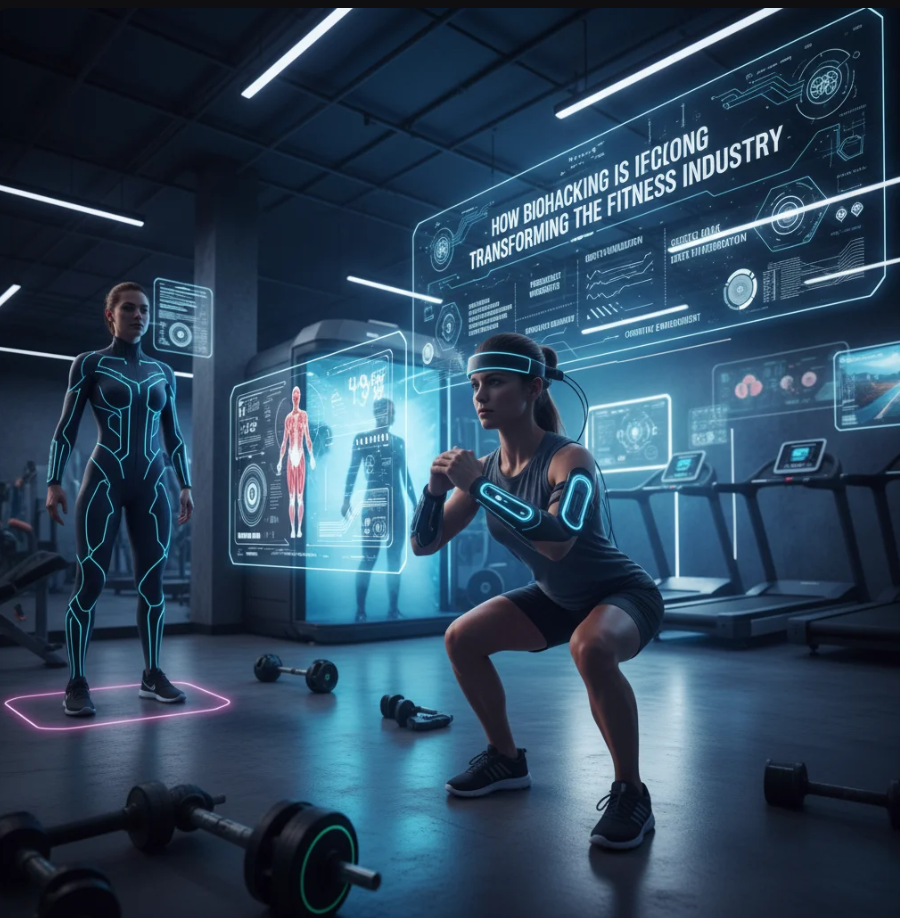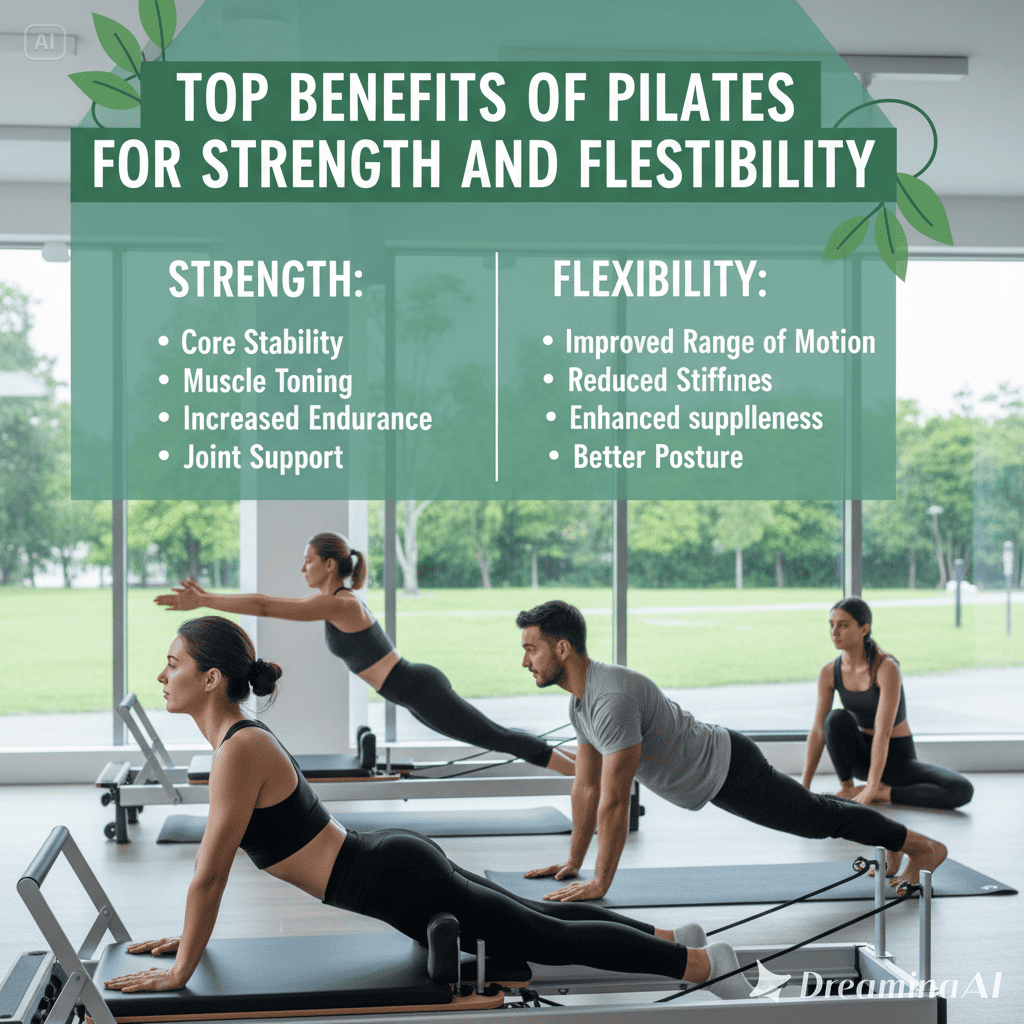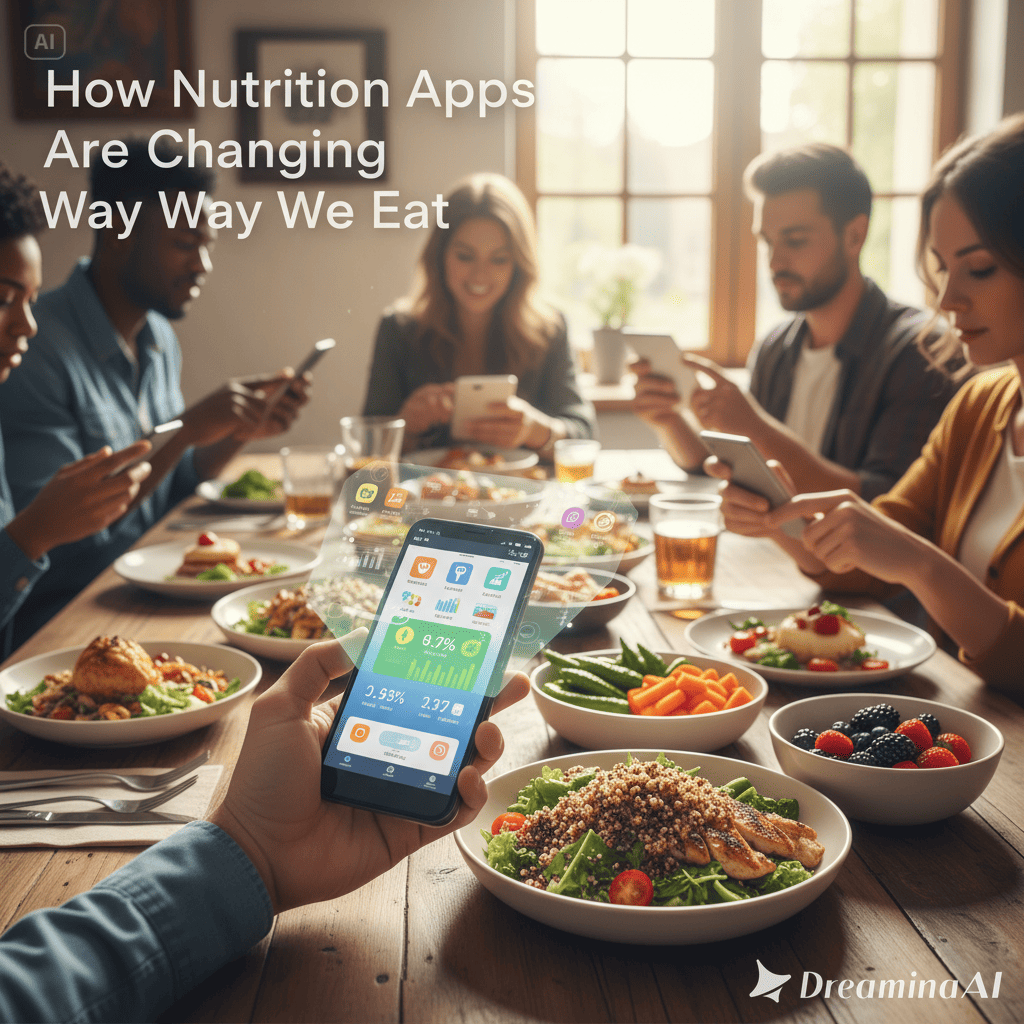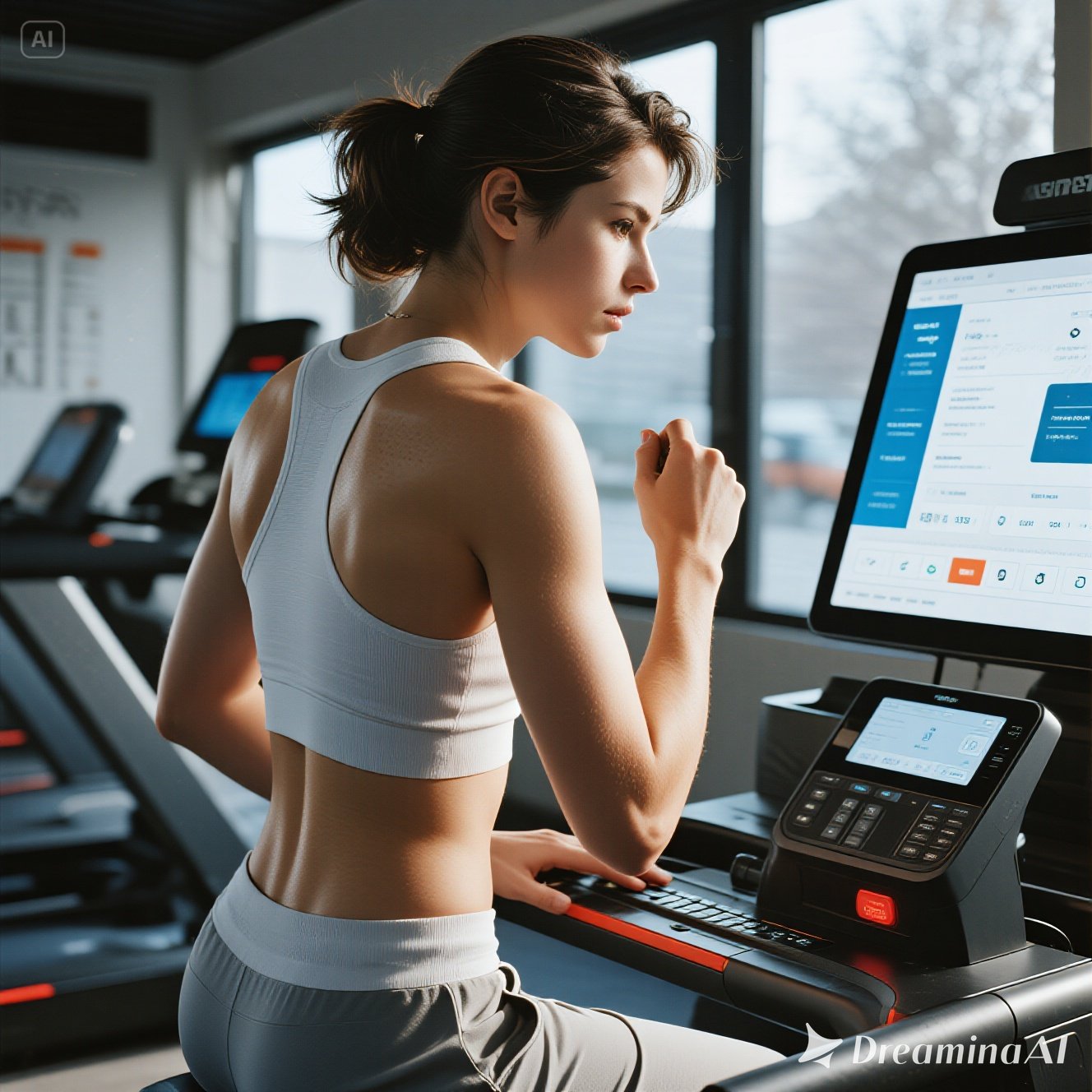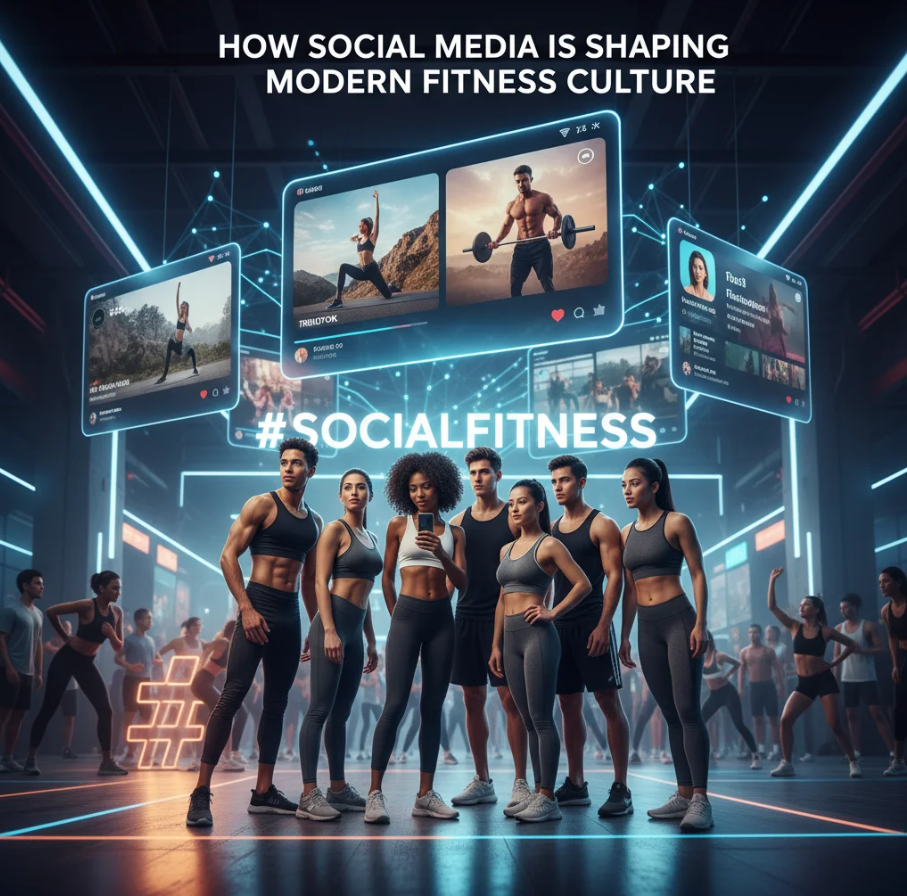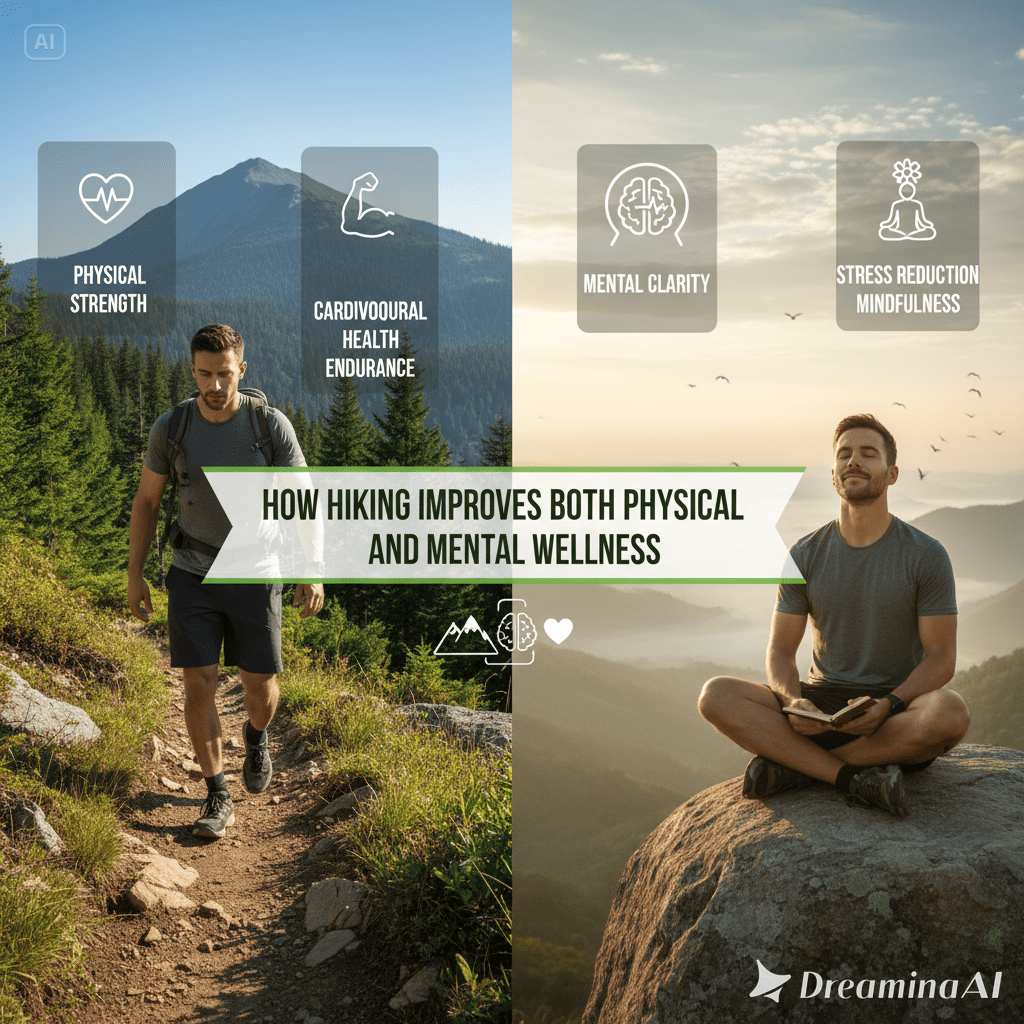Discover how nutrition apps are transforming eating habits. Learn about their benefits, challenges, and future role in digital wellness.
In today’s digital-first world, technology has transformed nearly every aspect of our lifestyle — including how we eat. From tracking calories to scanning barcodes for instant nutrition facts, nutrition apps are reshaping the way people make food choices, manage diets, and achieve wellness goals. But how exactly are these apps changing our eating habits, and what does the future hold for digital nutrition?
1. What Are Nutrition Apps?
Nutrition apps are mobile applications designed to monitor, analyze, and guide dietary habits. They range from simple calorie counters to AI-driven platforms offering personalized diet plans and real-time feedback.
Popular features include:
- Calorie and macronutrient tracking (carbs, protein, fat).
- Barcode scanning for packaged foods.
- Meal logging with vast food databases.
- Integration with wearables to track overall health.
- Personalized recommendations based on fitness goals or health conditions.
2. The Benefits of Nutrition Apps
a. Increased Awareness
By logging meals daily, users become more aware of portion sizes, hidden calories, and overall nutrition balance.
b. Personalization
AI-powered apps can tailor meal plans based on user preferences, allergies, and health targets — something generic diets cannot provide.
c. Accountability
The act of tracking motivates users to stay consistent, as they see progress reflected in charts and analytics.
d. Education
Nutrition apps provide instant access to food data, helping users learn about healthier alternatives and portion control.
3. How They’re Changing Eating Habits
- Healthier choices at the grocery store → scanning barcodes shows nutritional quality instantly.
- Meal planning simplified → apps suggest recipes within calorie or macronutrient goals.
- Behavior change reinforcement → reminders, streaks, and gamification keep users engaged.
- Better link between diet and fitness → apps sync with fitness trackers, offering holistic health insights.
4. Examples of Popular Nutrition Apps
- MyFitnessPal → One of the largest food databases for calorie tracking.
- Lifesum → Focuses on personalized diet plans.
- Cronometer → Provides detailed micronutrient tracking for serious nutrition enthusiasts.
- Yazio → Combines meal planning with recipe suggestions.
5. Challenges and Concerns
- Accuracy of food databases → some entries may be outdated or incorrect.
- Over-reliance → users may become too focused on numbers instead of building intuitive eating habits.
- Privacy issues → personal health data must be protected by app providers.
6. The Future of Nutrition Apps
Looking ahead, nutrition apps are expected to become even smarter:
- AI meal recommendations based on real-time activity and biometric data.
- Integration with smart kitchen devices (e.g., AI fridges that suggest meals from available ingredients).
- DNA-based diet personalization where genetic data influences recommendations.
- Community-driven platforms to share recipes, tips, and motivation.
Conclusion
Nutrition apps are more than just calorie counters — they are digital wellness coaches that empower people to eat better, stay accountable, and achieve health goals. While challenges like accuracy and data privacy remain, the future of nutrition technology promises even more personalized, science-backed, and engaging ways to improve our diets.
Recommend :


